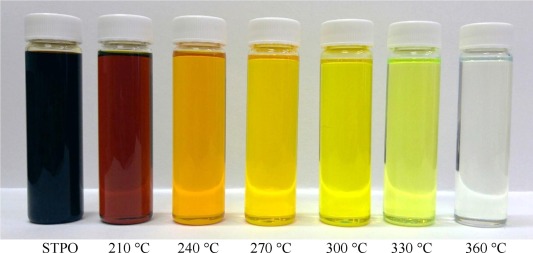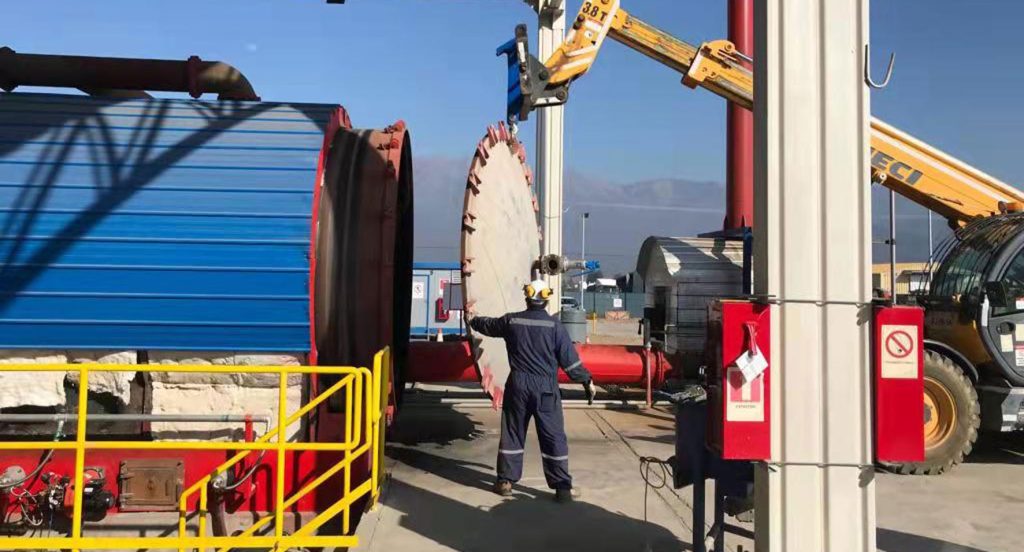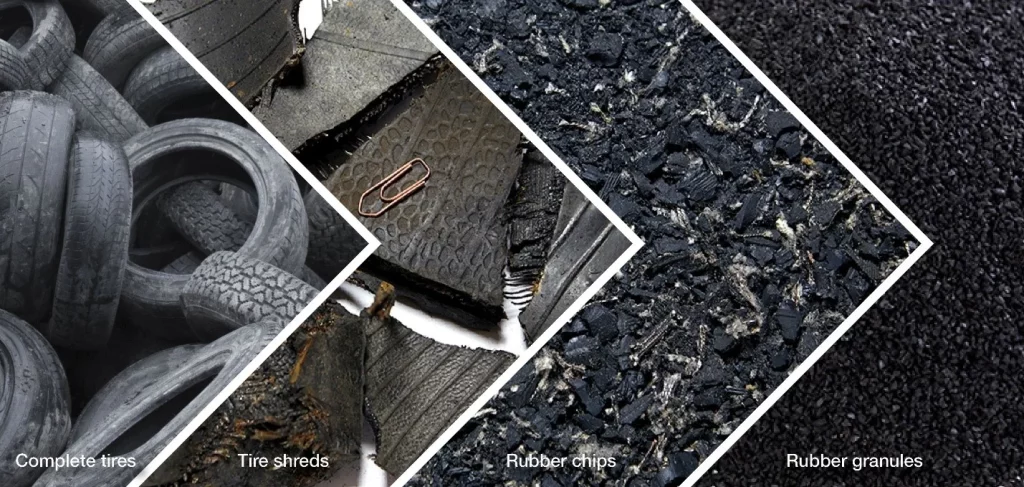In a world grappling with the environmental challenges of fossil fuels, pyrolysis technology emerges as a beacon of hope, offering a sustainable and eco-friendly energy solution. It’s like capturing liquid sunshine, a concept that goes beyond recycling and dives into the realm of renewable energy. Let’s explore how pyrolysis oil is revolutionizing the clean energy landscape.
The Science Behind Liquid Sunshine
Pyrolysis is a process where organic materials are heated in an oxygen-deprived environment, causing them to break down into their constituent elements. It’s a controlled form of thermal degradation that transforms waste materials into valuable resources. Think of it as a way to unlock the energy stored within various feedstocks.
The result of this transformative pyrolysis plant is pyrolysis oil, a dark, viscous liquid that packs a powerful punch in the world of renewable energy. This remarkable substance holds the key to reducing our dependence on traditional fossil fuels.
Pyrolysis Oil: Fueling the Future
Imagine being able to turn waste materials like plastics, rubber, and biomass into a viable energy source. That’s precisely what pyrolysis technology achieves. Pyrolysis oil can be used as a direct substitute for diesel, making it a versatile fuel for a wide range of applications.
But the benefits of pyrolysis oil go beyond its potential as a diesel alternative. It can also be further refined into transportation fuels, providing an eco-friendly solution for reducing carbon emissions and environmental impact.

A Cleaner Tomorrow: Reducing Greenhouse Gas Emissions
One of the significant advantages of waste plastic/oil sludge/plastic/ tire pyrolysis plant is its contribution to reducing greenhouse gas emissions. By transforming waste materials into pyrolysis oil, the process effectively traps carbon that would otherwise be released into the atmosphere.
This carbon sequestration not only mitigates the environmental impact but also aligns with global efforts to combat climate change. Pyrolysis becomes a driving force in achieving a cleaner, more sustainable tomorrow.
Connect Circular Economy
Pyrolysis doesn’t just stop at turning waste into energy. It perfectly aligns with the principles of the circular economy, where resources are continuously reused and recycled. Unlike traditional recycling methods, which have limitations, tyre/rubber/oil sludge/ plastic pyrolysis machine allows for the recovery of a broader range of materials, including those that are typically challenging to recycle.
This approach embodies the concept of waste not being the end of the line but rather a stepping stone towards the creation of new resources. It’s a closed-loop system that maximizes the utility of waste materials and minimizes environmental impact.

Environmental Remediation: Cleaning up Contaminated Soil
The versatility of pyrolysis extends beyond energy production. It’s also an invaluable tool in environmental remediation, particularly in the treatment of contaminated soil. Polluted soil, laden with hazardous substances, can be effectively processed through pyrolysis.
The high-temperature process causes contaminants to decompose, leaving behind clean soil that can be reintegrated into the environment. This eco-friendly approach mitigates the harmful effects of soil pollution, which is critical for preserving ecosystems and human health.

Beyond Energy and Environment: Versatile Applications
The versatility of continuous pyrolysis plant knows no bounds. It extends to various industries and applications:
Agriculture: Pyrolysis-derived biochar, a charcoal-like material, enhances soil quality, increases water retention, and sequesters carbon, promoting sustainable agriculture.
Chemical Industry: The byproducts of pyrolysis can serve as feedstock for the production of chemicals, contributing to the reduction of virgin resource consumption.
Carbon Black Production: The process yields carbon black, an essential component in the rubber and automotive industries.
Steel Industry: Pyrolysis-derived syngas can be used as a reducing agent in the steel manufacturing process, reducing carbon emissions.